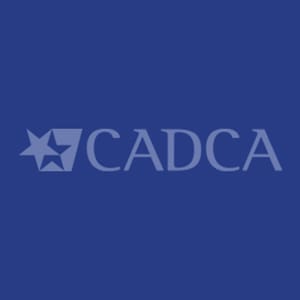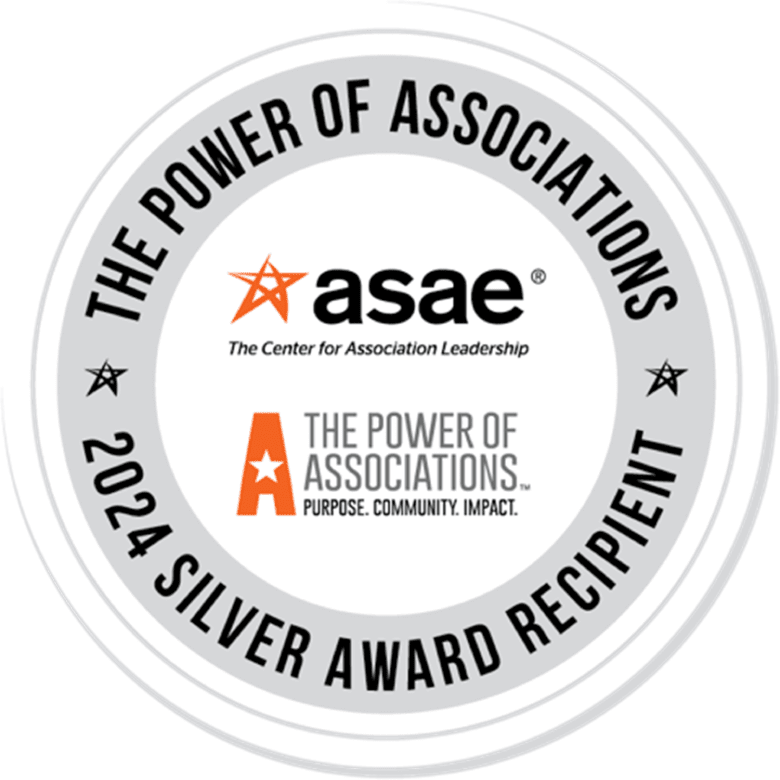Over the course of the summer, I’ve had the privilege of interning for CADCA as I pursue a degree in Conflict Analysis and Resolution (CAR) at George Mason University (GMU). GMU encourages internships as a way to apply a student’s choice of study within a professional setting, and working for this premier organization has achieved just that.
Having been placed under CADCA’s Membership department, many of our projects center around coalition engagement. As you know, coalition capacity building is a key component of CADCA’s success, and familiarizing myself with coalition function has been crucial to my work. And while I’ve acquired a broadened understanding of the vital role coalitions play in the prevention movement, a recent component of learning came with personal interaction.
I was able to interview Certified Prevention Specialist, Heather Martinsen. Heather leads The Prevention Alliance of Greater Prince William, which formed in 1997 “to bring together prevention-focused community organizations, and addresses issues of alcohol, tobacco, and other drugs.” Our interview centered around themes of conflict management. Surely, I thought, The Prevention Alliance (and other prevention-based coalitions) must face various forms of conflict. And indeed, Heather’s responses provided ample insight into the relevance and applicability of CAR within the prevention field.
The interview began with the concept of external conflict. I asked Heather to describe the kinds of conflicts facing the Prevention Alliance as they work within their community. Her response focused largely on the need to underscore the importance and legitimacy of prevention. As Heather stated: “It’s very easy to talk about treatment, and how you can see that almost immediate impact if someone is in treatment and goes into recovery. Prevention and coalition work is a different area, so a lot of the conflict comes from just engaging and educating people about the power of prevention, and also the importance of coalition work.”
We then shifted our focus toward internal coalition structure. As I’ve come to learn, it can be natural for competition or divergence of interest to occur as people of various sectors and backgrounds come together. When I inquired about the applicability of this idea to The Prevention Alliance, Heather noted that competing agendas were, in fact, one of the main challenges. But as she cited the longevity of her coalition, Heather pointed to an emphasis on unity as a key to their success. “Resources can be scarce,” she stated. “But our coalition has been around since 1997, and it really has been a conscious effort to talk to our members and potential members about how it can be a benefit to be a member of the coalition. And how writing grants becomes a lot easier if we’re working together, not separately.”
Heather’s response highlighted the fact that coalitions can, and often do successfully implement conflict management and resolution techniques. Highlighting the utility in successful conflict resolution, she suggested that formal training could be an exciting addition for coalition capacity building. “It would be great to have some sort of training offered, because it is a skill set that is unique to community building and coalition work. There is a power in different perspectives, but also finding common ground to prevent substance abuse, which is an issue that impacts all of us.”


